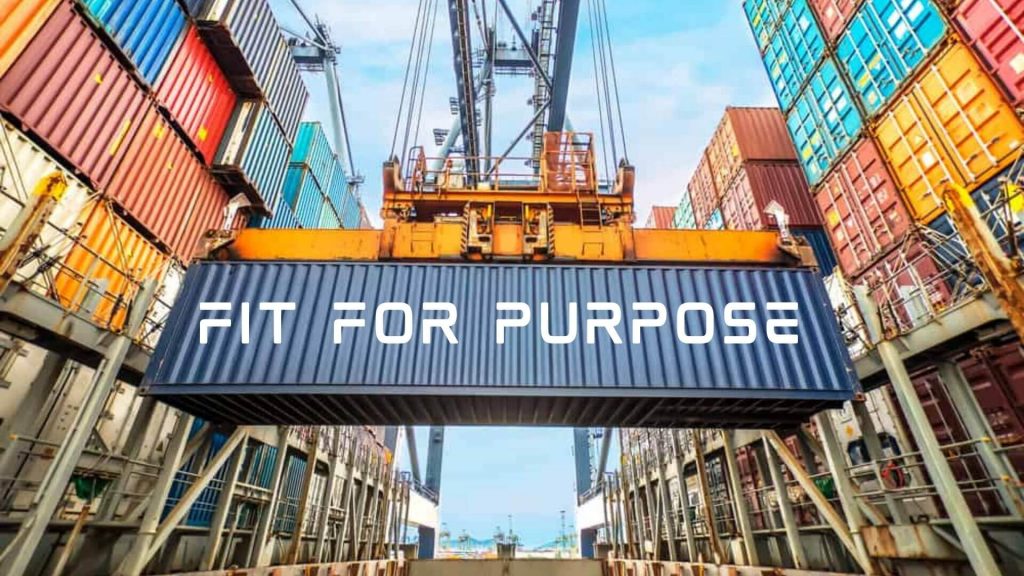
(www.MaritimeCyprus.com) At a time of container supply imbalance leading to shortages, international freight transport insurer TT Club warns against cutting corners when it comes to structural integrity, cleanliness and cargo-worthiness of those that are loaded. The responsibilities of container operators providing empty boxes and those packing them with cargo should not be forgotten in a period when such equipment is in short supply and temptations to forego security and safety measures are strong.
Containers have numerous touchpoints in any given supply chain, becoming the responsibility for shorter or longer periods with a variety of stakeholders. During these unprecedented times, TT’s continued message to all parties is one of resilience and continuity of robust practices. This challenging period, for those reliant upon the container, provides an opportunity to reflect on the roles and responsibilities defined within the Code of Practice for Packing of Cargo Transport Units (CTU Code), as well as the necessary safety properties of a container and its suitability to carry its intended cargo.

Mike Yarwood, TT’s Managing Director, Loss Prevention comments, “The ripple effects of various national lockdowns, interruptions in trade and less predictable peaks and troughs in cargo volumes has resulted in severe imbalances of container equipment,” he notes.
“Compounding the challenge, national stay and work at home policies have resulted in unexpected surges in consumer demand particularly for e-commerce goods, translating to beyond peak demand for empty containers in the dominant manufacturing centres of Asia. These circumstances must not be allowed to lead to the widespread use of inferior container equipment or that which does not comply with industry standards.”
TT has for long promoted the use of the CTU Code but recognises its contents are lengthy and can be challenging to access. Therefore, together with colleagues in the Cargo Integrity Group (CIG), it has made available the ‘CTU Code – A Quick Guide’ which includes a user-friendly Container Packing Check List. The Container Condition section asks the following questions:
- Is the container exterior free from soil or other visible infestation by pests?
- Is the container exterior in good condition, and not significantly distorted, cracked or bent?
- Does the container have a valid CSC Approval Plate?
- Is the container interior free from signs of damage, signs of water ingress, rust, residues, stains or debris?
- Is the container interior free from soil or other visible infestation by pests?
While imbalances, delays and restricted availability will place additional stress on all those involved in the supply chain, maintaining rigour in operations is vital.
The ultimate question – is your container for purpose? – must always be answered honestly and in full.
Container Packing Checklist:
The Cargo Integrity Group has devised this added-value clear process checklist for intermodal freight containers for safe packing and avoidance of pest contamination based on CTU Code. This checklist sequences the main check-points from a container packer’s perspective, supporting sound decision-making. Successful completion facilitates safe and secure dispatch of a container. Use of this can be in paper form or as an editable PDF; this may be retained as a record of the packing process for each packed container.
Download both the CTU Code Quick Guide and the Container Packing Checklist by click on the below images.
 |  |
Source: TT Club, IIMS
More resources on Containers:
Guidelines for Container Stowage and Securing Arrangements.
Loss prevention advice checklist for container operators.
Safety Guidance for stowage of dangerous goods on containerships (Fire Risk).
Articles on Container Safety, Loss Prevention, Statistics, History and Infographics.













